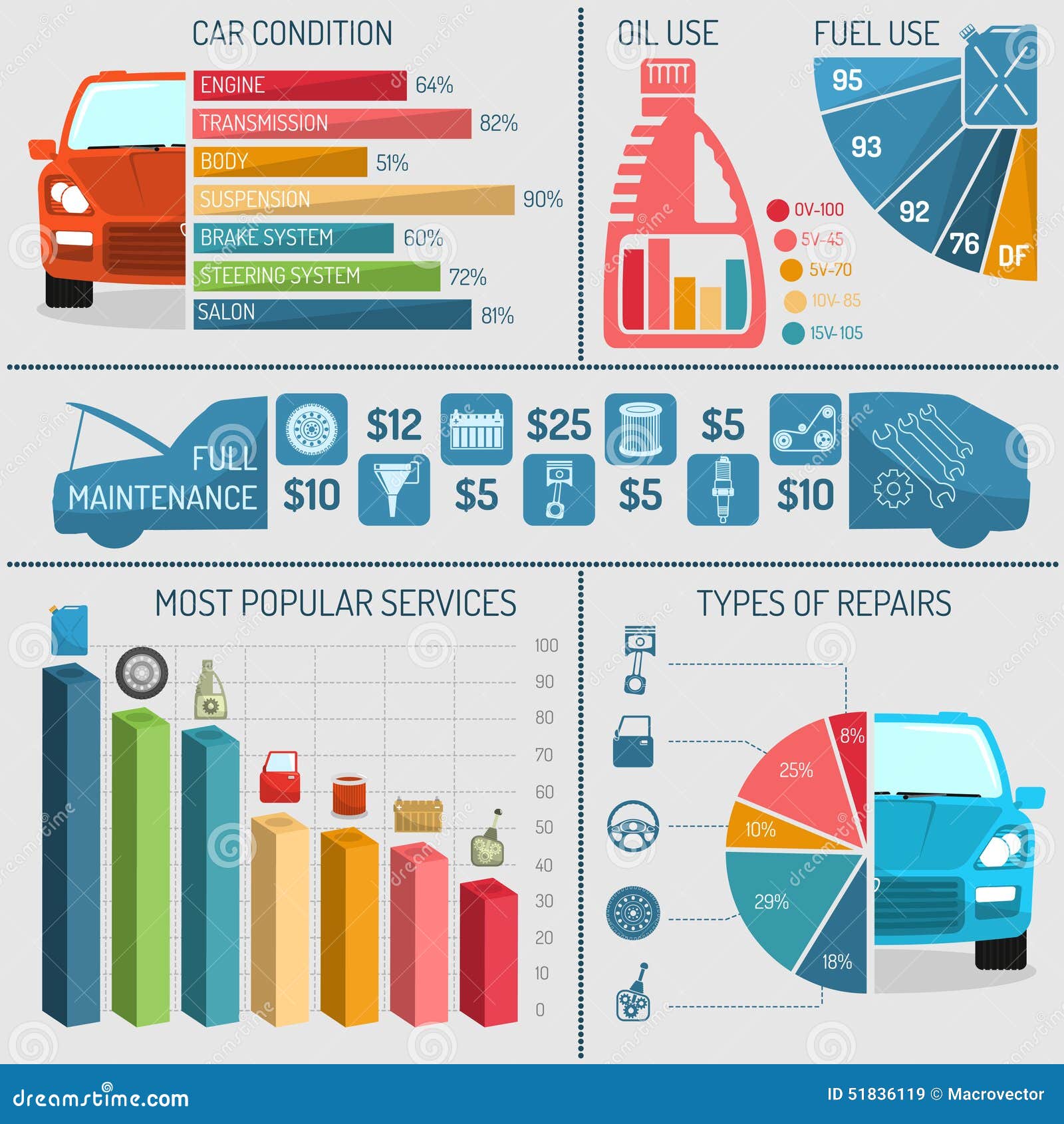Wondering About The Definition Behind Those Dashboard Caution Lights? Gain Insights Right Into Their Effects For Your Car'S Security And Upkeep
Wondering About The Definition Behind Those Dashboard Caution Lights? Gain Insights Right Into Their Effects For Your Car'S Security And Upkeep
Blog Article
Writer-Lauritsen Shepherd
When you're behind the wheel, those beautiful warning lights on your dashboard can be a little bit complicated. Do you recognize what they're trying to inform you about your cars and truck's health and wellness? Recognizing the significance of these lights is crucial for your security and the long life of your car. So, mobile cut and polish following time one of those lights pops up, would not you intend to decipher its message accurately and take the needed actions to address it?
Common Warning Lights and Interpretations
Identify typical warning lights in your car and understand their meanings to ensure safe driving.
One of the most typical warning lights include the check engine light, which indicates concerns with the engine or discharges system. If this light begins, it's essential to have your lorry examined promptly.
https://www.wfmynews2.com/article/news/local/2-wants-to-know/how-the-chip-shortage-supply-chain-issues-could-affect-your-auto-insurance-christopher-cook-alliance-insurance-services-repairs-parts-up-in-price/83-debcba59-ca69-4489-bff8-95925ae3da7a cautioning light suggests low oil pressure, needing prompt attention to stop engine damages.
A flashing battery light might recommend a malfunctioning charging system, possibly leaving you stranded otherwise resolved.
The tire pressure surveillance system (TPMS) light signals you to low tire pressure, influencing automobile security and fuel effectiveness. Neglecting this might cause harmful driving conditions.
The abdominal light shows an issue with the anti-lock stopping system, jeopardizing your capability to stop rapidly in emergencies.
Lastly, the coolant temperature level cautioning light warns of engine overheating, which can lead to serious damage if not resolved swiftly.
Understanding these usual caution lights will certainly assist you deal with problems quickly and preserve safe driving conditions.
Value of Prompt Focus
Recognizing the usual warning lights in your vehicle is just the very first step; the significance of immediately dealing with these warnings can not be highlighted enough to guarantee your safety and security when driving.
When learn here brightens on your dashboard, it's your vehicle's means of interacting a potential problem that needs interest. Neglecting these cautions can lead to much more severe troubles down the road, jeopardizing your safety and possibly costing you extra out of commission.
Motivate focus to warning lights can avoid malfunctions and crashes. For instance, a blinking check engine light could suggest a misfire that, if left ignored, could cause damages to the catalytic converter. Addressing this quickly can save you from an expensive repair.
In a similar way, a brake system advising light may signal low brake liquid or used brake pads, vital components for your safety when driving.
DIY Troubleshooting Tips
If you discover a caution light on your dashboard, there are a few do it yourself troubleshooting suggestions you can attempt before looking for professional aid.
The very first step is to consult your automobile's handbook to understand what the specific caution light indicates. Sometimes the issue can be as simple as a loose gas cap activating the check engine light. Tightening up the gas cap may deal with the problem.
An additional usual issue is a low battery, which can activate numerous alerting lights. Inspecting the battery links for rust and ensuring they're safe and secure may repair the trouble.
If a caution light persists, you can try resetting it by detaching the auto's battery for a couple of mins and after that reconnecting it. Additionally, inspecting your car's liquid levels, such as oil, coolant, and brake fluid, can help repair cautioning lights associated with these systems.
Verdict
To conclude, recognizing your vehicle's caution lights is important for keeping your vehicle running smoothly and safely. By immediately attending to these notifies and understanding what they indicate, you can avoid expensive repairs and possible failures.
Remember to consult your car's manual for specific details on each warning light and do something about it appropriately to ensure a trouble-free driving experience.
Remain informed, stay secure on the road!
